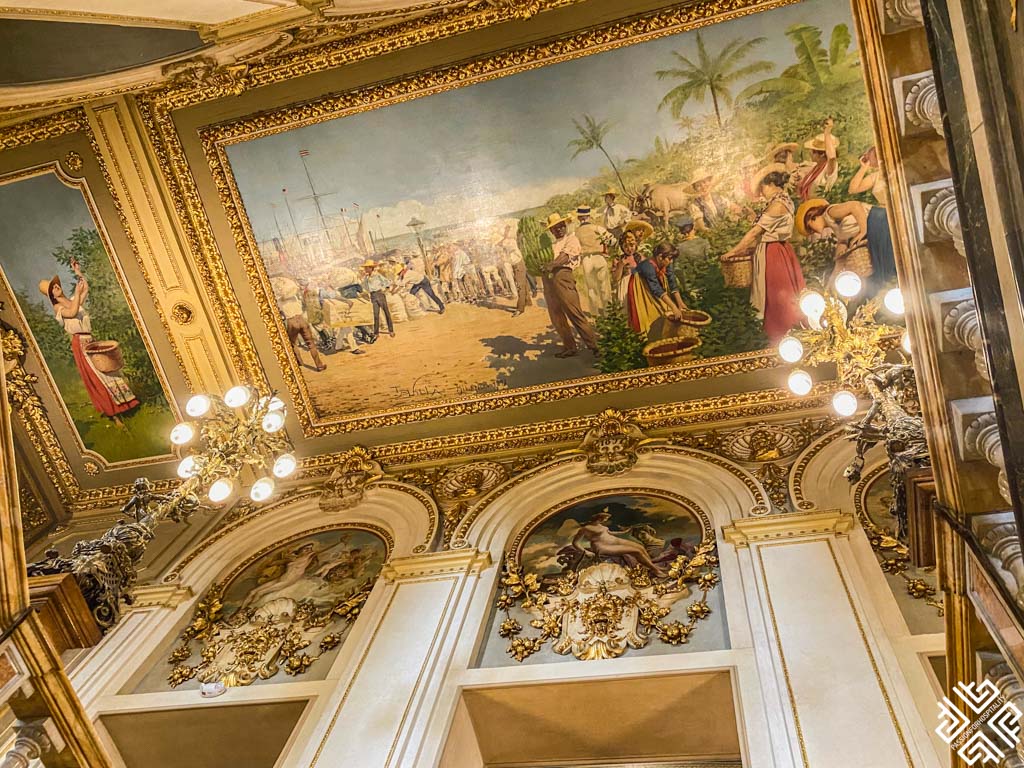In a landmark initiative that marks a significant technological leap, the National Theater of Costa Rica has adopted an advanced digital twin to oversee its preservation. This project stands as a testament to the fusion of cultural heritage and cutting-edge technology, setting a new benchmark for historical conservation.
The Digital Twin Revolution: Beyond Mere Replicas
The term ‘digital twin’ may evoke images of simple digital replicas, but the reality is far more sophisticated and potent. At its core, a digital twin is a dynamic, virtual model that mirrors a physical object. For the National Theater of Costa Rica, this is not merely a collection of digital photographs or 3D renderings; it is a complex, real-time monitoring system for factors like humidity and temperature, crucial for the conservation of this cherished landmark.
A Step Into the Future: Predictive Preservation
Possibly the most groundbreaking feature of the National Theater’s digital twin is its predictive capabilities. By analyzing data trends, it can forecast potential issues, allowing for preemptive action to prevent deterioration. This foresight extends to even the minutest details, such as scheduling the replacement of lightbulbs. Imagine the convenience of knowing months in advance that a lightbulb will require changing, ensuring the theater’s brilliance never dims.
Streamlining Management: Efficiency Meets Conservation
The implementation of the digital twin concept represents a quantum leap in the management and maintenance of the National Theater. By employing this virtual counterpart, the theater’s caretakers can monitor and address changes before they escalate, leading to swift conservation actions. This not only makes the process more straightforward and predictable but also more economical, as it minimizes the need for extensive and costly repairs.
Technological Synergy: A Collaborative Effort
The genesis of the digital twin project is rooted in collaboration among several academic disciplines. The Schools of Architecture and Urban Planning, Computer Engineering, and Industrial Design at the Technological Institute of Costa Rica (Tec) have joined forces with the Department of Conservation of the National Theater to bring this vision to life. Their collective expertise is shaping a new era of preservation methodology.
Sensor Deployment: The Next Phase
The next phase of this ambitious project involves deploying sensors within the theater, starting with the grand foyer. These sensors will serve as the theater’s nervous system, constantly feeding data to the digital twin for analysis. The overarching aim is to safeguard the theater, ensuring its grandeur endures for generations to come.
Restoring Grandeur: The Foyer’s Facelift
As part of its ongoing restoration and maintenance, the theater’s foyer is currently being revitalized. Each piece of marble, plaster, and gold leaf is undergoing meticulous mechanical and chemical cleaning, a process that will restore its historical lustre. The digital twin will play a pivotal role in maintaining this renewed splendor long after the restorers have finished their work.
The National Theater’s journey into the digital realm heralds a new epoch for heritage conservation. By harnessing the power of digital twin technology, the theater is setting itself up for a future where its legacy is not only preserved but perpetually rejuvenated. As these advancements unfold, the National Theater of Costa Rica is poised to shine as a beacon of innovation in cultural preservation.


1 comment
[…] Source link […]